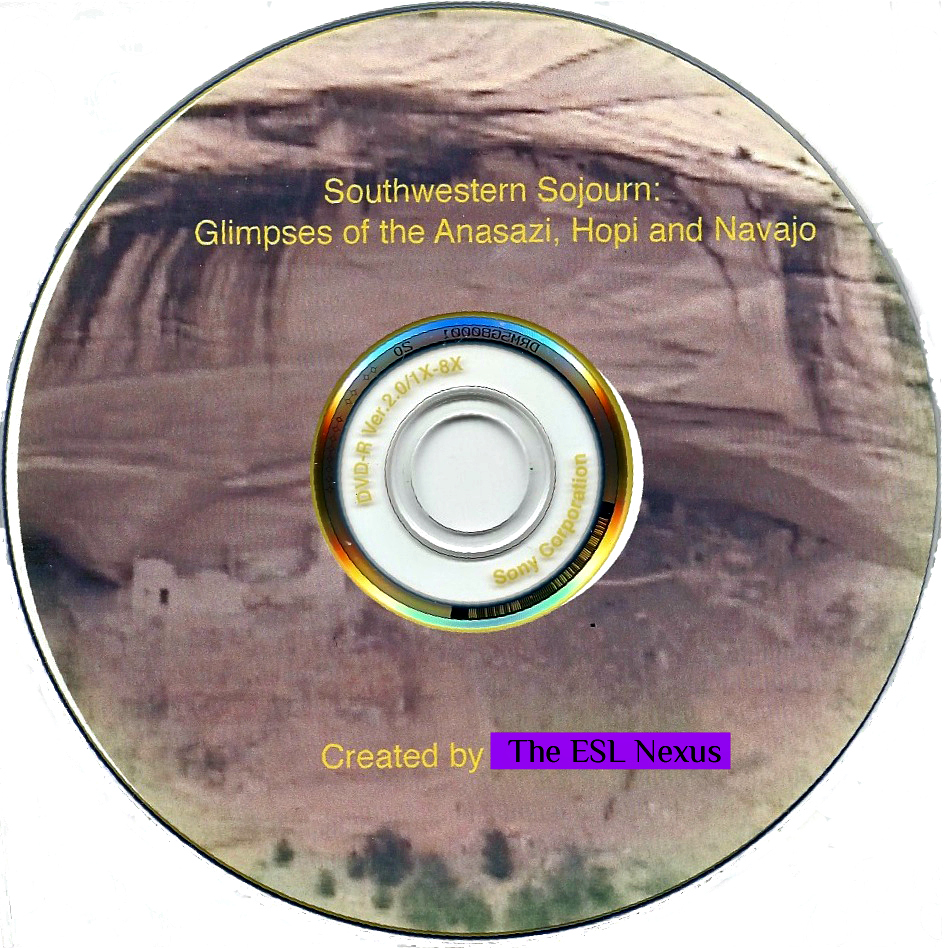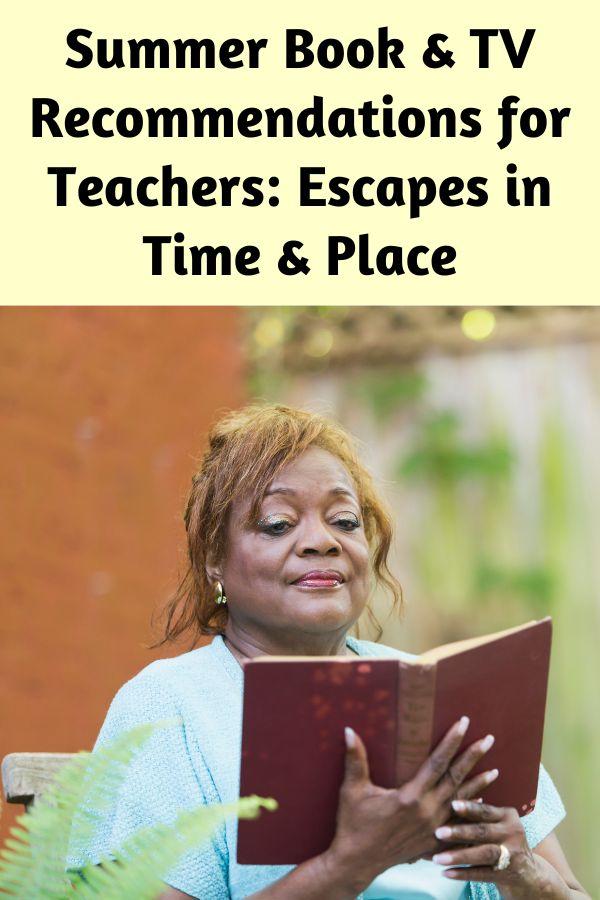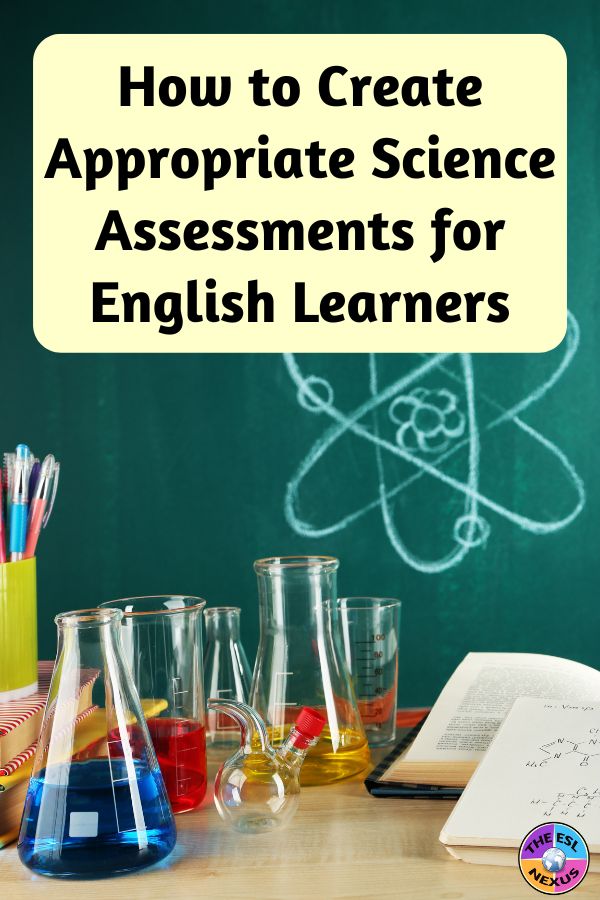There were often opportunities to do curriculum work in my former district. I was on several committees over the years that rewrote the ELA and Social Studies curricula for particular grades as well as committees that developed ESL curricula aligned with the Massachusetts frameworks and then with the WIDA standards. I enjoyed the work and it got me enthused about wanting to implement the new lessons provided as examples.
For a number of years I also traveled, in the U.S. and abroad. I was very interested in documentary filmmaking and took my trusty Sony videocamera on all my trips. When I returned home, I made documentaries for my classes, which I shared with other teachers for use in their classes, about the places and cultures I had experienced.
This all came about because one day, when showing a video to my students, I realized that the narrator was speaking too quickly for my ELLs to comprehend the information being discussed. So I showed the video a second time, which became a regular practice of mine and which I highly recommend as a strategy when using video with ELLs, but it was still difficult for some of my students to understand the content. When I made my first video, I made sure to slow down my rate of speech when doing the narration. I was gratified when, after showing it to my fifth graders, they said it was easy to understand.
 |
| The first documentary video I created; source: The ESL Nexus |
Of course, I also spent a lot of time relaxing and doing non-education-related things. Being able to relax for an extended period of time enabled me to recharge and rejuvenate and so by the end of the summer, I was totally ready and even eager to get back to my classroom and get back to work, excited to try out all the new ideas I’d accumulated during my vacation.




